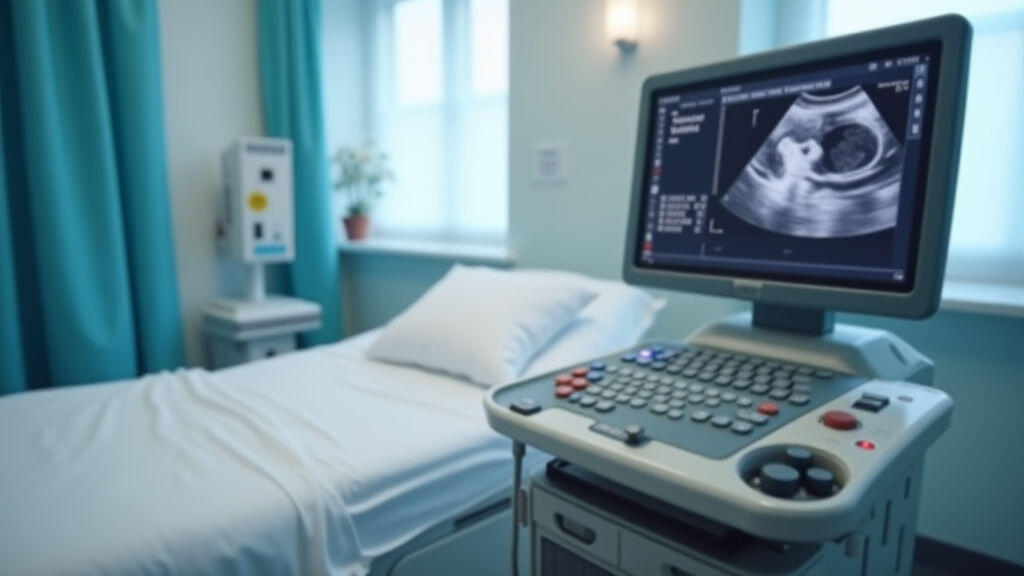Anjing Road, Xiaolan, Zhongshan, Guangdong, China
info@mes-drive.com
08.00 AM-09.00 PM

When hospitals and research labs look to upgrade their machinery—whether it's a ventilator, a patient‑monitoring system, or an automated pharmacy dispenser—the first thing that often gets overlooked is the heart of the motion: the gear motor.
Because gear motors control speed, torque, and precision of moving parts, choosing the wrong unit can reduce performance, cut costs, and even compromise patient safety. In 2024’s Medical Technology Innovations Expo, pioneers are already debating new ways to integrate higher‑efficiency motors into life‑saving devices. Below we break down what a gear motor is, what to consider when selecting one, and why this choice matters for the future of medical equipment.
A gear motor is a compact unit that combines an electric motor with a gearbox in a single package.
The electric motor provides the raw rotational force; the gearbox multiplies that force and reduces speed, delivering a stable, low‑speed output that is perfect for fine control—exactly what most medical devices need.
Key parts:
Because the motor and gearbox are sealed together, gear motors are highly rugged, making them well suited for sterile or high‑temperature environments commonly found in hospitals and labs.
In many cases, replacing an outdated motor with a modern gear motor can cut device size by up to 30 % and improve performance by 50 %.
| Gear Type | Advantages | Disadvantages | Typical Use | |-----------|------------|---------------|------------| | Worm | 1:1 or higher reduction, self‑locking, compact | Wearable; limited speed, moderate efficiency | Pump wheels, infusion controls | | Planetary | High torque, high output density, efficient | Greater gear backlash if not precision‑made | Surgical robots, X‑ray tables | | Spur | Simple, smooth operation, cheap | Requires more space; not great for high load | ECG machine shutters, disposable device rollers |
The chosen gear architecture sets many downstream factors: backlash, noise, wear life, and cost. In a new hospital’s robotic surgery suite, most teams opt for precision‑made planetary systems because of their high torque and low backlash.
A medical device startup deployed a prototype portable ultrasound that struggled with smooth probe motion due to motor over‑speeds, resulting in image artifacts.
The engineering team switched to a 120 rpm, 10 Nm planetary gear motor with built‑in encoder feedback. The new motor offered:
Within two months, the device earned CE Pass on the initial medical audit—a testament to how the right gear motor can change the whole product lifecycle.

The 2024 Medical Technology Innovations Expo highlighted three emerging directions:
These trends promise medical devices that are lighter, more reliable, and capable of adjusting motion speed on the fly to meet patient needs.
Choosing the right gear motor is not a trivial decision but a decisive factor that defines equipment efficiency, reliability, and patient safety.
By carefully evaluating torque, speed, duty cycle, temperature, noise, and regulatory support—while keeping an eye on emerging smart‑motor trends—designers can build devices that perform flawlessly under the most demanding conditions.
In 2024’s high‑profile medical technology showcases, the spotlight on high‑efficiency gear motors reflects a broader industry shift: more compact, smarter, and energy‑savvy equipment. Investing in the correct gear motor today positions medical equipment manufacturers to meet tomorrow’s expectations—whether it's a nimble surgical robot or a patient‑friendly portable diagnostic tool. The key to tomorrow’s medical breakthroughs lies in the tiny gears that, when chosen well, transform electrical energy into life‑saving motion.
Leave A Reply
Your email address will not be published. Required fiels are marked